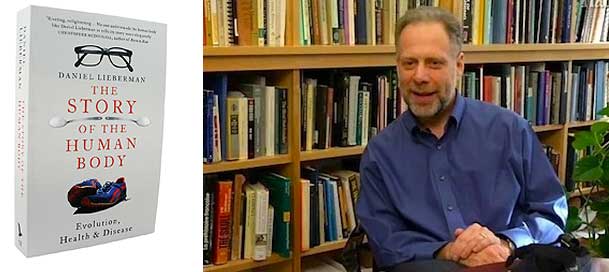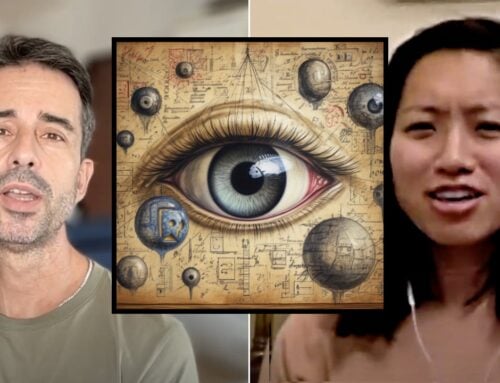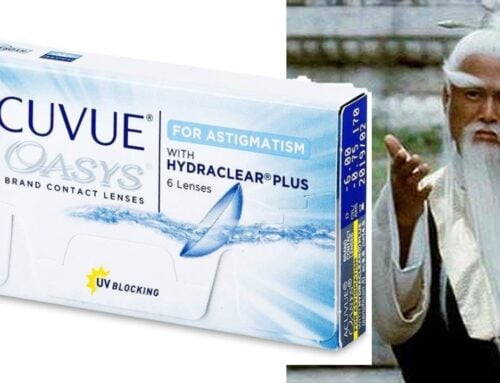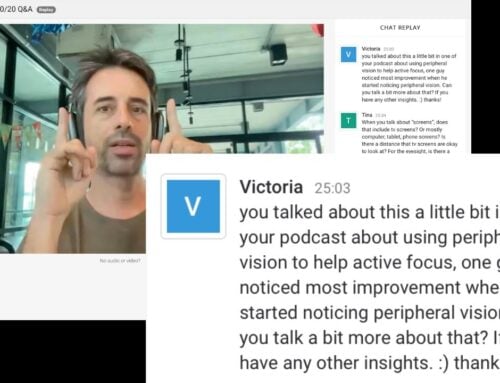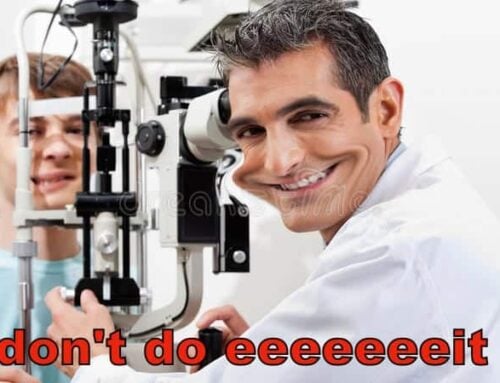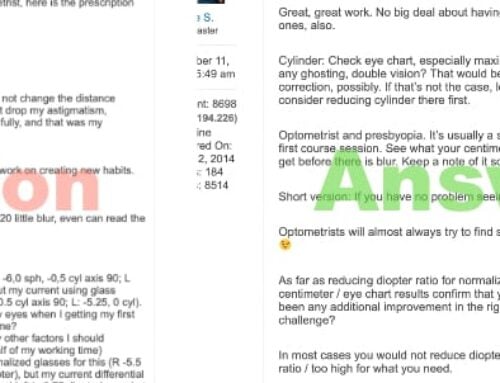Over the last decades in this field, I find amusement in how often we “discover” the trouble with myopia. This time it is Daniel Lieberman, in his book “The Story of the Human Body.”
Today David brings us this excellent contribution via the support forum, in this post.
![]() Just got done reading Harvard professor, Daniel Lieberman’s book call The Story of the Human Body and it has a great section on myopia in it that has Lieberman essentially suggesting that, while admitting it is controversial (likely to just protect him from seeming too out there to the establishment), the idea that near focus activities cause myopia and that glasses exacerbate it.
Just got done reading Harvard professor, Daniel Lieberman’s book call The Story of the Human Body and it has a great section on myopia in it that has Lieberman essentially suggesting that, while admitting it is controversial (likely to just protect him from seeming too out there to the establishment), the idea that near focus activities cause myopia and that glasses exacerbate it.
While this is nothing ground breaking for many of us here on the site, this is probably the most mainstream source supporting what Alex has been saying on the site. Just thought is was great to read that in a book on the evolution of the human body (he writes about myopia in a section devoted to evolutionary mismatches between our genes and environments.
In this case our eyes not adapted genetically to all the near focus we do in our modern environments). Highly recommended book.”
***
David also kindly provides some direct quotes from Daniel Lieberman’s book:
![]() Nearsightedness is a complex trait caused by many interactions among a large number of genes and multiple environmental factors. However, since people’s genes haven’t changed much in the last few centuries, the recent worldwide epidemic of myopia must result primarily from environmental shifts. Of all the factors identified, the most commonly identified culprit is close work:intent focusing fro long periods of time on nearby images such as sewing and words on a page or screen.”
Nearsightedness is a complex trait caused by many interactions among a large number of genes and multiple environmental factors. However, since people’s genes haven’t changed much in the last few centuries, the recent worldwide epidemic of myopia must result primarily from environmental shifts. Of all the factors identified, the most commonly identified culprit is close work:intent focusing fro long periods of time on nearby images such as sewing and words on a page or screen.”
Putting things together near the end of the section:
“We have much to learn about myopia, but two facts are clear. First, myopia is a formerly rare evolutionary mismatch that is exacerbated by modern environments. Second, even though we don’t entirely understand which factors cause children’s eyeballs to elongate too much, we do know how to treat teh symptoms of myopia effectively with eyeglasses.”
And his “controversial” conclusion:
“The high prevalence of nearsightedness, combined with the way we use eyeglasses to treat the problem’s symptoms rather than its causes, raises several hypotheses about how we promote dysevolution of this disease. One controversial idea, bases on the theory that close work causes myopia, is that eyeglasses actually exacerbate the problem. If contractions of the eye’s muscles cause myopia in the first place, then giving corrective glasses, which cause all distant objects to appear as if they were close, sets up a positive feedback loop by causing everything to appear close.
***
Is this story, those references in particular, breaking any news headlines?
Of course not.
It doesn’t matter how eminently credible the source, or how compelling the evidence.
If Daniel Lieberman had a chemical formula patent to go with his assertions in “The Story of the Human Body”, and something to market as a product, we might hear more about it. As it is though, his findings are not about to pay anyone’s salary, or increase any corporate stock performance.
A number of readers of the blog suggest that I write a book – and it is exactly because of this, that I haven’t yet found the motivation to do so.
With this site at least, we get the opportunity to collaborate (with excellent contributions like David’s). And since it is so easy to keep changing the format, I hope that we will find a “packaging” that casual visitors find compelling, and choose to investigate this subject further.
I hope this post finds you well, and motivated to work on your eyesight today!
Enjoy,

